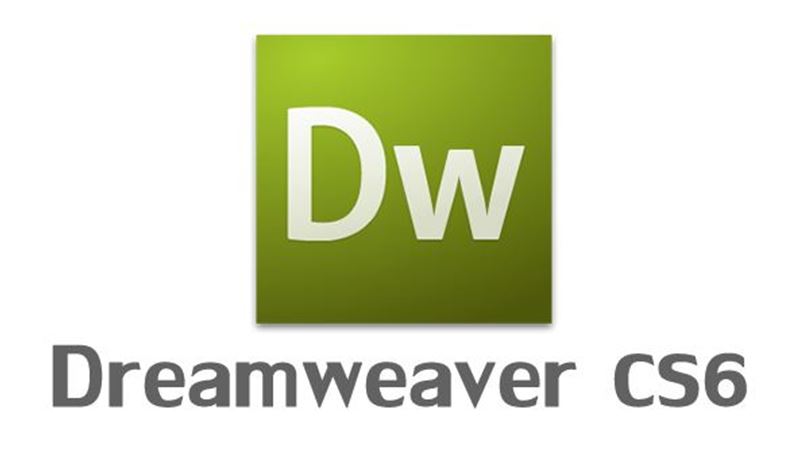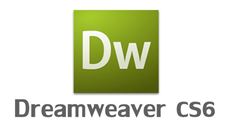- Delivery Method Online
- Professional Certificate
- 24hrs Suggested Study Time
- 3 Months Access
- Tutor Support
- Study On Any Device
- 993 Students
Dreamweaver CS6 Fundamentals

Learn to create Web pages, layouts, and websites using CSS formatting options and other tools with Adobe's industry-standard Web design application.
You've taken your first steps into Web design, and your fingers are beginning to cramp from all that typing—but don't panic! Developing your coding skills has not been in vain! You're ready for Dreamweaver—Adobe's preeminent Web development application—which has been designed from the ground up to make developing websites easier.
You'll begin by touring the Dreamweaver workspace and configuring it for your specific site-management needs. You'll learn how to use Dreamweaver's intuitive tool set to structure text, and investigate the myriad formatting options CSS provides. Along the way, you'll work with images, build navigation elements, discuss effective layout methods, learn where and when to use tables, and examine successful site planning strategies.
By the end of the course, you'll have successfully built a website and know how to use Dreamweaver's built-in FTP tools to upload to the server of your choice.
Courses are delivered to you through expertly executed lessons, online instruction and interaction with like-minded students. Our courses are designed to deliver all of the benefits of studying in a classroom whilst giving you the flexibility to study at a time and place to suit your needs. You can access your classroom 24/7 from any device with an internet connection.
This course has a 3 month duration. You'll complete comprehensive lessons, quizzes and assignments before submitting your final exam at the end of the course to achieve your certificate. Courses must be completed within the 3 month access period.

Robert Fuller
Robert Fuller is a veteran Web developer, educator, and author. His corporate experience extends from Silicon Alley to Silicon Valley, where he has held almost every post from intern to senior developer. He has logged tens of thousands of classroo... Read more
Read Robert Fuller's ProfileFrequently Asked Questions
The Learning Environment
From the moment that you enrol in the Dreamweaver CS6 Fundamentals you will become an integral part of our learning community. You'll find yourself with the freedom to learn at a speed that suits you, on any device, from anywhere in the world. Achieving your career goals no longer has to mean compromising family and work commitments.
Our Values
Learn At Your Own Pace
We believe in personalised learning. That's why we provide all the tools and support you need to succeed at your own pace. With flexible learning, you'll stay motivated and retain more information. Plus, you can balance your studies with work and family commitments to make your dreams a reality.
We Won't Break The Bank
Education should be accessible to anyone who wants to learn. That's why we offer some of the most competitive prices in the industry with payments plans for just $25 per week. Investing in your future is a smart choice and doesn’t have to break the bank.
Industry-Led Courses
There's no better way to learn than from experts with years of experience in your field. That's why each of our 200+ industry-led courses are designed to give you a real-life perspective on your industry. With our expert mentors, you'll learn from people who have a wealth of knowledge and experience, and who are passionate about sharing it with you.
Get The Personal Support You Deserve
At Vibe Learning, we're real people who are dedicated to providing you with personal support every step of the way. Our industry experts are not only professional and knowledgeable but also incredibly passionate about sharing their expertise with you. With their guidance, you'll gain invaluable insights and practical knowledge to help you succeed.
Still looking?
Check out the following courses related to Dreamweaver CS6 Fundamentals:


